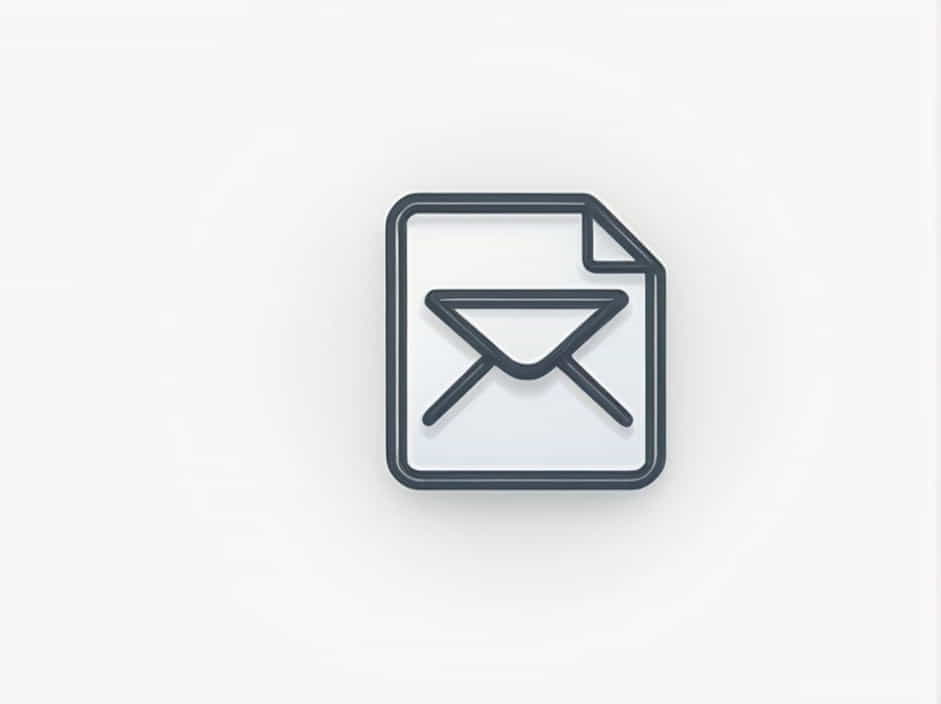When you decide to resign from your job, writing a formal resignation letter is an important step. One common question employees ask is: Who should the resignation letter be addressed to?
Addressing your resignation letter correctly ensures professionalism and a smooth exit process. This guide will explain who to address your resignation letter to, proper formatting, and best practices for a hassle-free resignation.
1. Who Should You Address Your Resignation Letter To?
1.1. Your Direct Manager or Supervisor
In most workplaces, you should address your resignation letter to your direct manager or immediate supervisor. They are responsible for your department and will be the first to handle your resignation process.
📌 Example:
“Dear [Manager’s Name], I am writing to formally resign from my position at [Company Name], effective [Last Working Day].”
1.2. The HR Department
In some companies, the Human Resources (HR) department handles resignations. If your organization requires resignations to be submitted to HR, you should address the letter accordingly.
📌 Example:
“Dear [HR Manager’s Name], Please accept this letter as my formal resignation from [Company Name], effective [Last Working Day].”
1.3. Both Manager and HR
In larger companies, it is best to copy both your manager and the HR department to ensure proper communication. You can address your letter to your manager and CC (carbon copy) the HR team.
📌 Example:
“Dear [Manager’s Name], I am submitting my resignation, effective [Last Working Day]. I have also copied [HR Representative’s Name] to facilitate the process.”
1.4. The Company’s CEO or Higher Management
If you work in a small company or directly report to the CEO, you may need to address your resignation letter to them. However, in most cases, it is best to start with your direct manager.
📌 Example:
“Dear [CEO’s Name], I am writing to formally resign from my role at [Company Name], effective [Last Working Day].”
2. How to Properly Format a Resignation Letter
A well-structured resignation letter should be clear, professional, and polite. Here’s the correct format:
2.1. Header (Your Information & Date)
- Your Full Name
- Your Job Title
- Company Name
- Company Address
- Date of Submission
📌 Example:
John Doe
Marketing Manager
ABC Corporation
123 Business Street, New York, NY
March 10, 2025
2.2. Recipient’s Information
- Manager’s Full Name
- Their Job Title
- Company Name
📌 Example:
Mr. James Smith
Senior Marketing Director
ABC Corporation
2.3. Formal Salutation
Always start with a professional greeting:
✔ Dear [Manager’s Name],
✔ To [HR Department],
2.4. Resignation Statement
Clearly state your intention to resign, including your last working day.
📌 Example:
“I am writing to formally resign from my position as [Your Position] at [Company Name]. My last working day will be [Final Date, usually two weeks from the notice].”
2.5. Express Gratitude
Thank your employer for the opportunities and experience gained.
📌 Example:
“I am grateful for the support and experience I have gained while working at [Company Name]. It has been a pleasure being part of the team.”
2.6. Offer to Assist with the Transition
Show professionalism by offering to help with the transition.
📌 Example:
“I am happy to assist in any way during this transition period to ensure a smooth handover of my responsibilities.”
2.7. Closing Statement & Signature
End your letter on a positive note with a professional closing.
✔ Best Regards,
✔ Sincerely,
✔ Thank You,
📌 Example:
Best regards,
John Doe
3. Best Practices for Addressing a Resignation Letter
3.1. Check Your Company’s Policy
Every company has different resignation procedures. Some require resignation letters to be submitted to HR, while others prefer them to be sent to your manager first.
3.2. Keep It Professional and Polite
Regardless of the situation, always maintain a respectful tone in your resignation letter. Even if you are leaving due to conflicts, keep the letter neutral and professional.
3.3. Avoid Negative Remarks
Never use a resignation letter to complain about the company, colleagues, or management. Keep it focused on your resignation and transition.
3.4. Submit in Both Email and Hard Copy
✔ If your company uses email for official communication, send your resignation letter via email.
✔ If required, print and submit a signed copy for HR records.
4. Special Situations in Addressing a Resignation Letter
4.1. Resigning Due to a Bad Work Environment
If you are resigning due to toxic management or workplace issues, it may be best to send the letter directly to HR instead of your manager.
📌 Example:
“Dear HR Manager, I am submitting my resignation from my role at [Company Name]. Please let me know the next steps regarding my exit process.”
4.2. Resigning When the Manager Is on Leave
If your direct manager is unavailable, send the resignation letter to their superior or HR.
📌 Example:
“Dear [Senior Manager’s Name], I am writing to formally submit my resignation. Since [Direct Manager’s Name] is currently unavailable, I wanted to ensure that my notice period is communicated properly.”
4.3. Resigning from a Remote Job
For remote jobs, resignation letters are typically addressed to both your manager and HR via email.
📌 Example:
“Dear [Manager’s Name] and [HR Representative’s Name], I am submitting my resignation from my position at [Company Name]. I appreciate all the support and opportunities I have received.”
5. Final Thoughts
Addressing your resignation letter correctly is an essential part of a smooth exit process. The best practice is to send it to your direct manager, with HR copied if necessary.
By following the right format and maintaining a professional tone, you can leave your job on good terms and keep your professional reputation intact.
